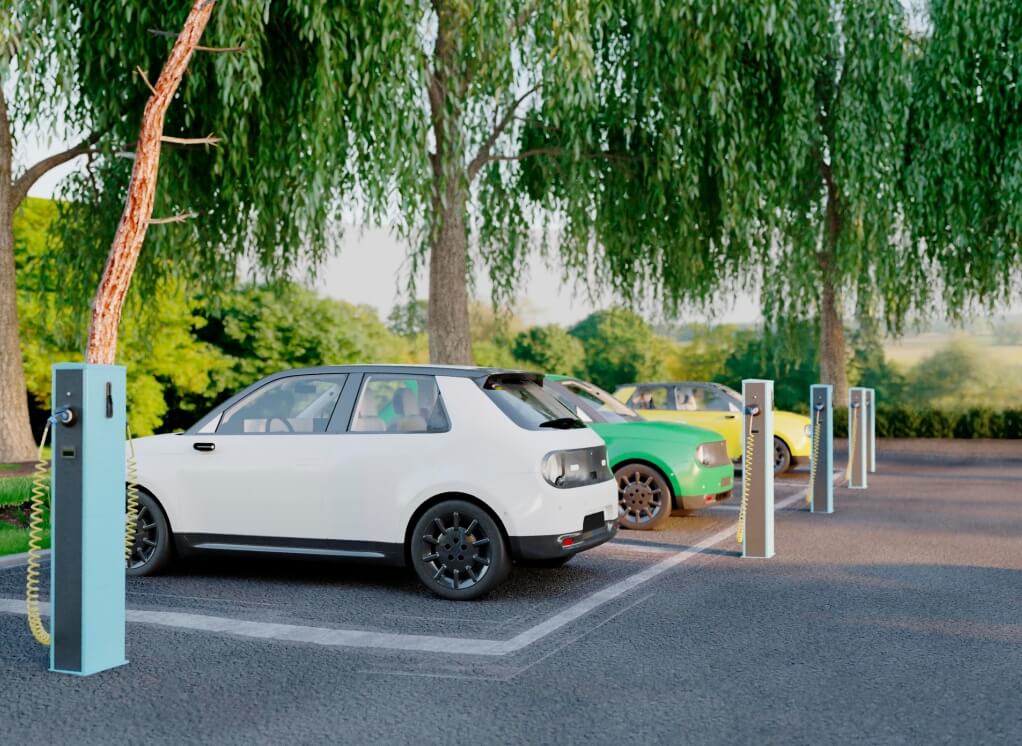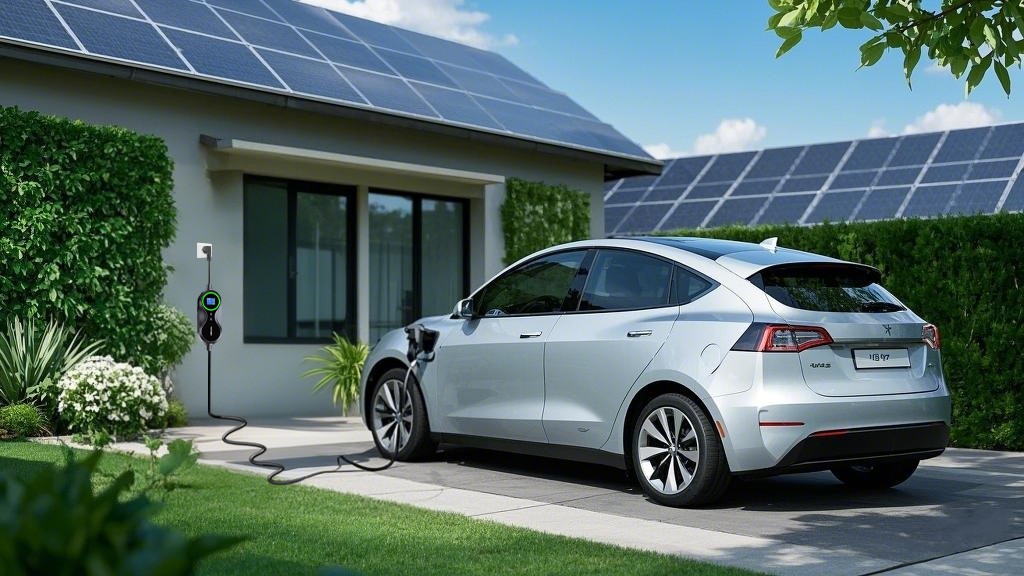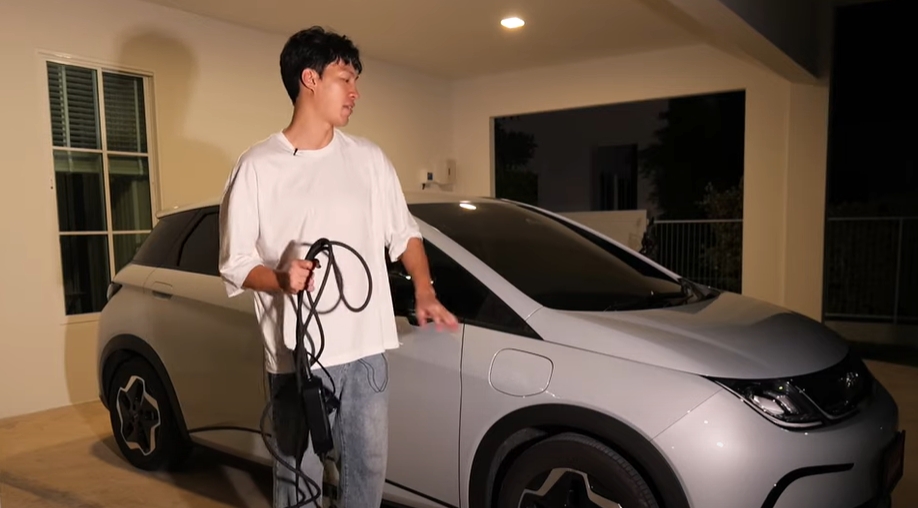Electric Car Cooling Systems: How EVs Manage Battery Temperature
Electric vehicles (EVs) rely on advanced cooling systems to maintain battery efficiency, performance, and longevity. Unlike internal combustion engines, which generate excess heat, EVs must carefully regulate temperature to prevent overheating or excessive cooling, both of which can degrade battery life. This article explores how EV cooling systems work, their different types, and why they’re critical for optimal performance.

1. Why Do Electric Cars Need Cooling?
Lithium-ion batteries—the primary energy source for EVs—operate best within a narrow temperature range (20°C to 40°C / 68°F to 104°F). Outside this range:
✔ Overheating → Accelerates degradation, reduces range, and can cause safety risks (thermal runaway).
✔ • Overcooling slows chemical reactions, reducing power output and charging speed.
Thus, a well-designed cooling system is essential for:
- Maximizing battery lifespan
- Ensuring fast charging capability
- Maintaining consistent performance
2. Types of EV Cooling Systems
a) Air Cooling (Passive & Active)
- How It Works: Uses airflow (natural or fan-forced) to cool batteries.
- Pros: Simple, lightweight, low cost.
- Cons: Less effective in extreme temperatures; used in older EVs (e.g., Nissan Leaf).
b) Liquid Cooling (Most Common in Modern EVs)
- How It Works: Coolant circulates through battery pack channels, absorbing heat.
- Pros: More precise temperature control, better for fast charging/high performance.
- Cons: More complex and expensive.
- Used by: Tesla, BMW, Lucid, most premium EVs.
c) Refrigerant Cooling (Direct Cooling)
- How It Works: Uses AC refrigerant (like in a heat pump) for ultra-fast cooling.
- Pros: Highly efficient in extreme heat.
- Cons: Energy-intensive; found in some high-end models (e.g., Audi e-tron).
d) Phase-Change Materials (Experimental)
- How It Works: Materials absorb heat by changing state (solid to liquid).
- Pros: No moving parts, high efficiency.
- Cons: Still in development; not yet mainstream.
3. How Cooling Affects EV Performance
✔ Fast Charging – Liquid-cooled batteries (e.g., Tesla) sustain 250kW+ charging longer than air-cooled.
✔ Range Retention – Proper cooling prevents degradation, preserving range over time.
✔ Cold Weather Performance – Some systems preheat batteries in winter to maintain efficiency.
4. Future Trends in EV Cooling
- Integrated Thermal Management – Combining battery, motor, and cabin cooling for efficiency (e.g., Tesla Octovalve).
- Solid-State Batteries – May reduce cooling demands due to higher thermal stability.
- AI-Optimized Cooling – Predictive systems adjust cooling based on driving habits and weather.
Final Thoughts
Electric car cooling systems are a critical yet often overlooked part of EV design. As batteries evolve, cooling technology will continue advancing, enabling faster charging, longer lifespans, and better performance in all climates.
Last Updated on May 19, 2025 by tayniu



